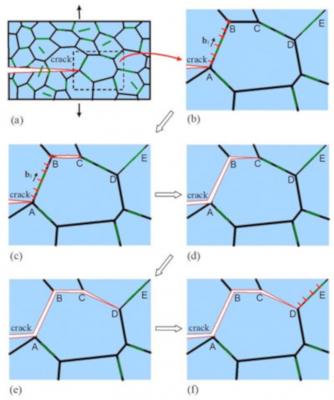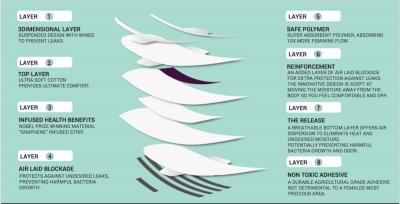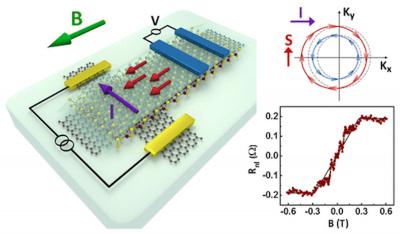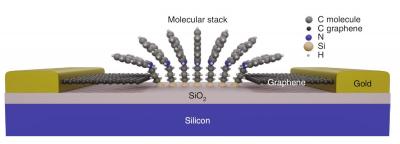New model for weak spots in ceramic/graphene composites may help create more crack-resistant materials
Researchers from Peter the Great St.Petersburg Polytechnic University have found out the structures in nanomaterials made of ceramic and graphene plates, in which cracks appear most frequently. The suggested model may help in the creation of crack-resistant materials.

Many experimental studies of graphene-enhanced composites have shown that their mechanic characteristics are set by the graphene proportion in the composition and by the size of graphene plates allocated in the ceramic matrix. For example, in case of low graphene concentration high crack resistance was achieved with the help of long plates. However, in one of the recent experiments of synthesis of materials from alumina ceramics and graphene the opposite effect was shown: as the plates were bigger, the crack resistance was weaker. The researches from St. Petersburg have developed a theoretical model that explains this paradox.









